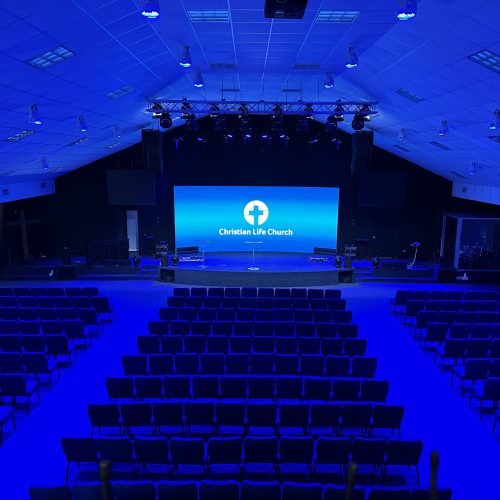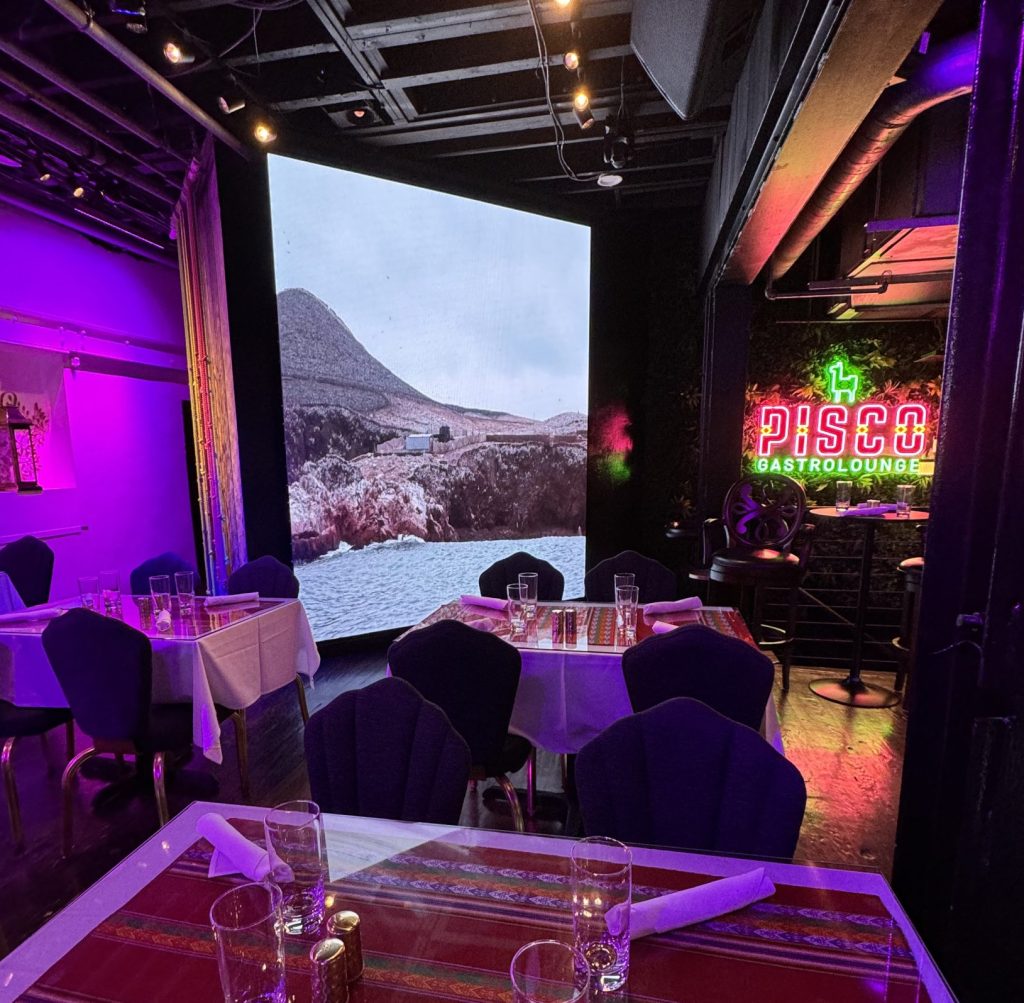Power Requirements for LED Screens
Understanding LED Panel Power Consumption
Indoor LED Panels
Key Points for Indoor Panels:
- Panel Size: 500x500mm
- Max Panels per Line: 14
- Breaker Capacity: 20A at 120V
- Brightness Consideration: Capable of running at 100% brightness
Example Calculation:
For 14 indoor panels:
- Each panel’s power consumption (at maximum brightness) is approximately 200W.
- Total power consumption = 14 panels * 200W = 2800W.
- At 120V, the current required = 2800W / 120V = 23.33A.
However, since power factors and safety margins need to be considered, limiting the number to 14 panels per 20A breaker is advisable.
Outdoor LED Panels
Key Points for Outdoor Panels:
- Panel Size: 500x500mm
- Max Panels per Line: 10
- Breaker Capacity: 20A at 120V
- Brightness Consideration: Designed for high visibility in daylight
Example Calculation:
For 10 outdoor panels:
- Each panel’s power consumption (at maximum brightness) might be around 250W.
- Total power consumption = 10 panels * 250W = 2500W.
- At 120V, the current required = 2500W / 120V = 20.83A.
Again, to ensure safety and account for possible power spikes, sticking to the 10-panel limit is essential.
Larger LED Panels
Key Points for Larger Panels:
- Panel Size: 500x1000mm
- Max Panels per Line: Half the number of smaller panels (e.g., 7 panels per line at 120V)
Example Calculation:
For 7 larger panels:
- Each larger panel’s power consumption might be approximately 400W.
- Total power consumption = 7 panels * 400W = 2800W.
- At 120V, the current required = 2800W / 120V = 23.33A.
By reducing the number of panels per line, you ensure that the power draw remains within safe limits for the electrical infrastructure.
Powering LED Panels at 240V
Key Points for 240V Setup:
- Increased Voltage: 240V allows for more panels per line
- Amperage Halved: The same power consumption results in half the amperage draw
Example Calculation:
For indoor panels at 240V:
- If 14 panels are safe at 120V, you can connect up to 28 panels at 240V.
- Each panel’s power consumption remains the same (200W).
- Total power consumption = 28 panels * 200W = 5600W.
- At 240V, the current required = 5600W / 240V = 23.33A.
This setup is highly efficient and can significantly reduce the number of power lines and breakers needed.
Safety Considerations
Dedicated Power Lines
- Avoid sharing power lines with other equipment like sound or lighting systems to prevent interference and overloading.
- Dedicated breakers ensure that each line is adequately protected.
Surge Protection
- Install surge protectors to safeguard your LED panels from power surges and spikes, which can cause significant damage.
Regular Maintenance
- Regularly inspect power lines and connections for wear and tear.
- Ensure proper ventilation around electrical components to prevent overheating.
Conclusion
By following these guidelines, you can ensure a smooth and safe operation for your LED screens. Always refer to the specific power requirements of the panels you are using, and plan your electrical setup accordingly. Whether you are working with indoor or outdoor panels, or operating at 120V or 240V, careful planning and adherence to these recommendations will help you achieve optimal performance and longevity for your LED screens.
At SV Solutions, we recognize the significance of
crafting unforgettable experiences through seamless events.























